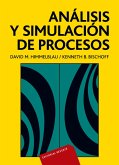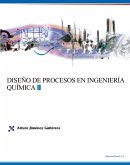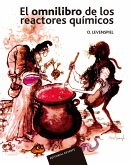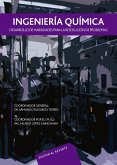

Broschiertes Buch
Creating, Nurturing, and Maintaining Academic Quality in a Public-University Setting
11. Januar 2018
C. Judson King
Ähnliche Artikel



24,99 €
inkl. MwSt. und vom Verlag festgesetzt.
Sofort per Download lieferbar



17,99 €
inkl. MwSt. und vom Verlag festgesetzt.
Sofort per Download lieferbar
eBook, PDF
18. April 2023
Reverte


28,99 €
inkl. MwSt. und vom Verlag festgesetzt.
Sofort per Download lieferbar

28,99 €
inkl. MwSt. und vom Verlag festgesetzt.
Sofort per Download lieferbar

Ähnlichkeitssuche: Fact®Finder von OMIKRON
